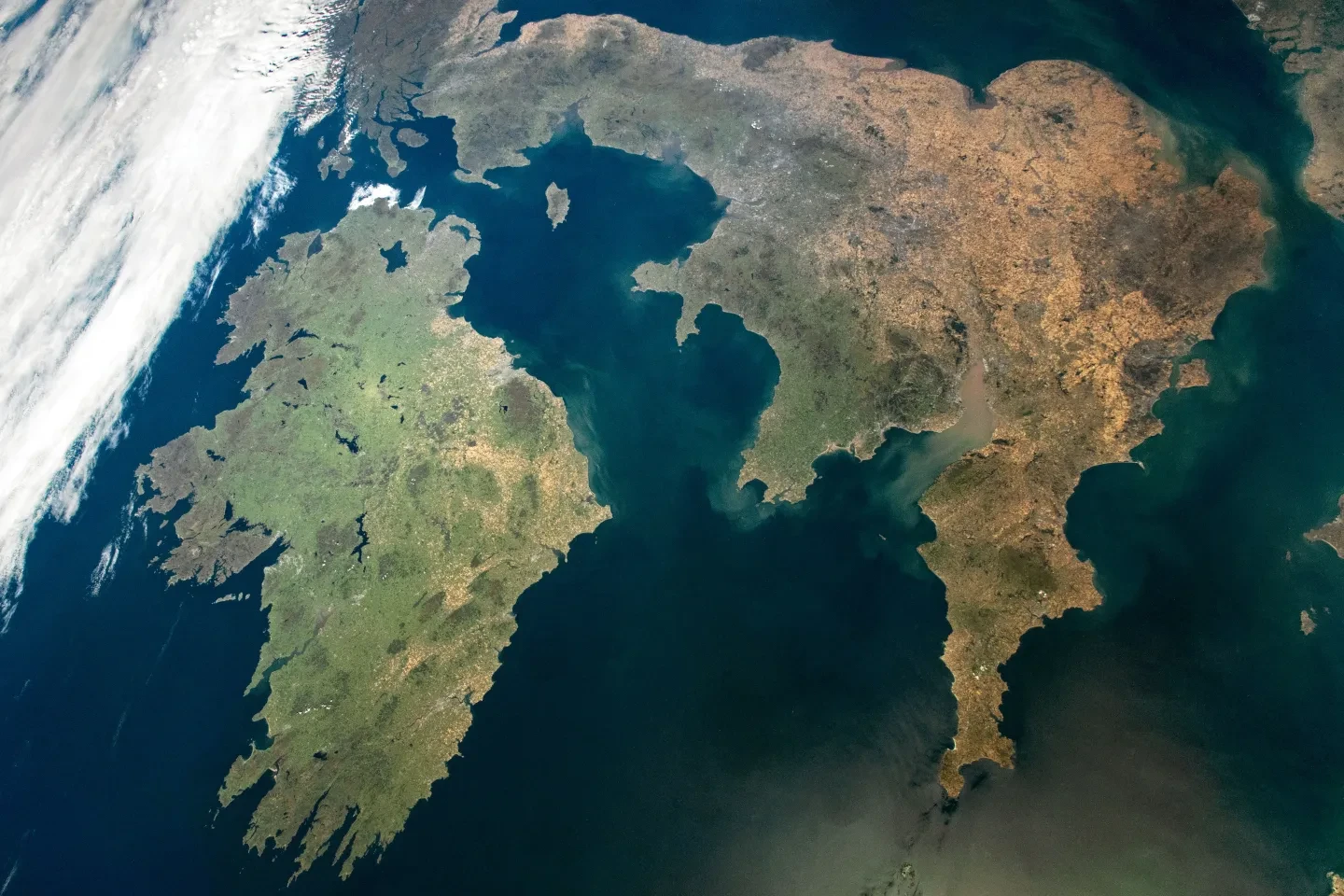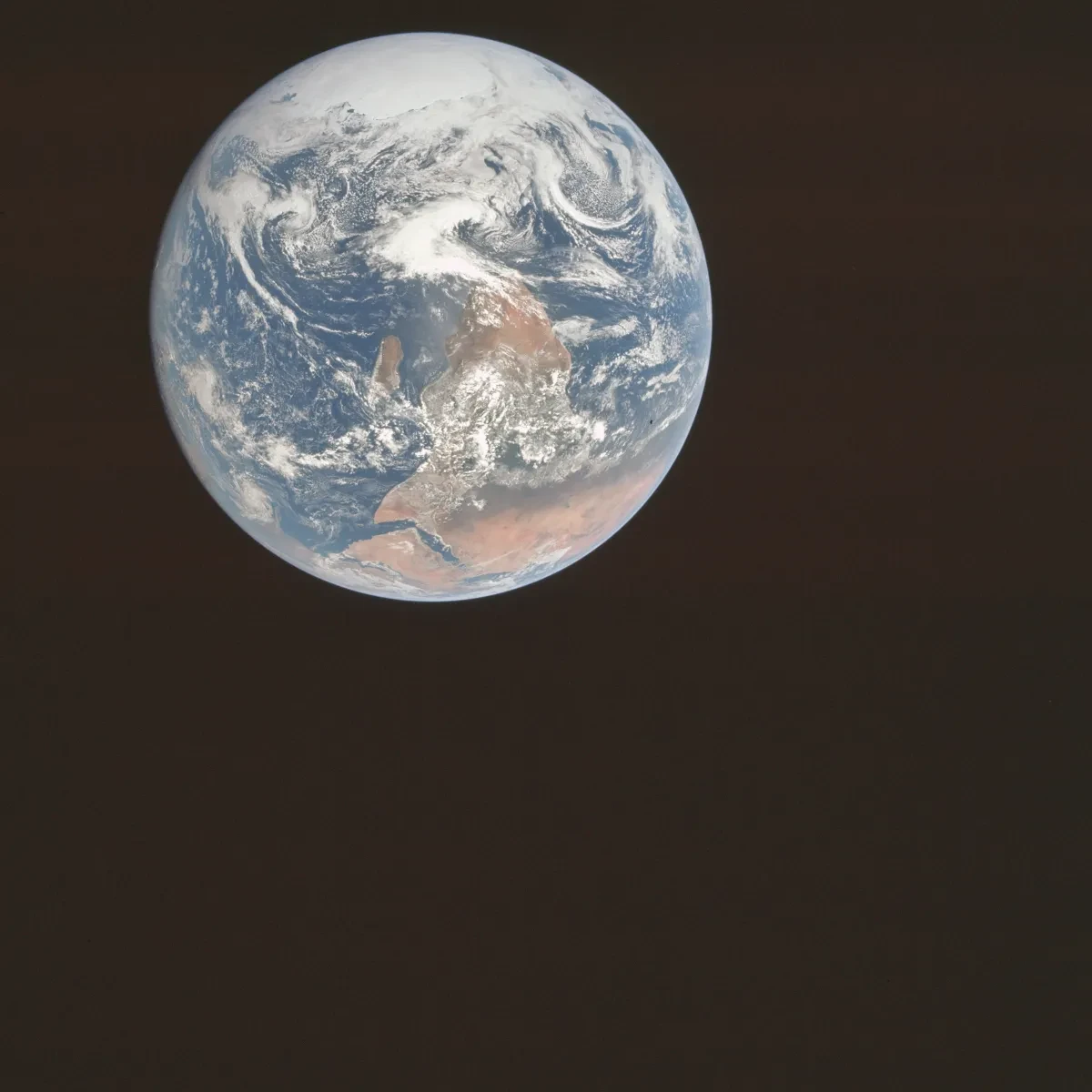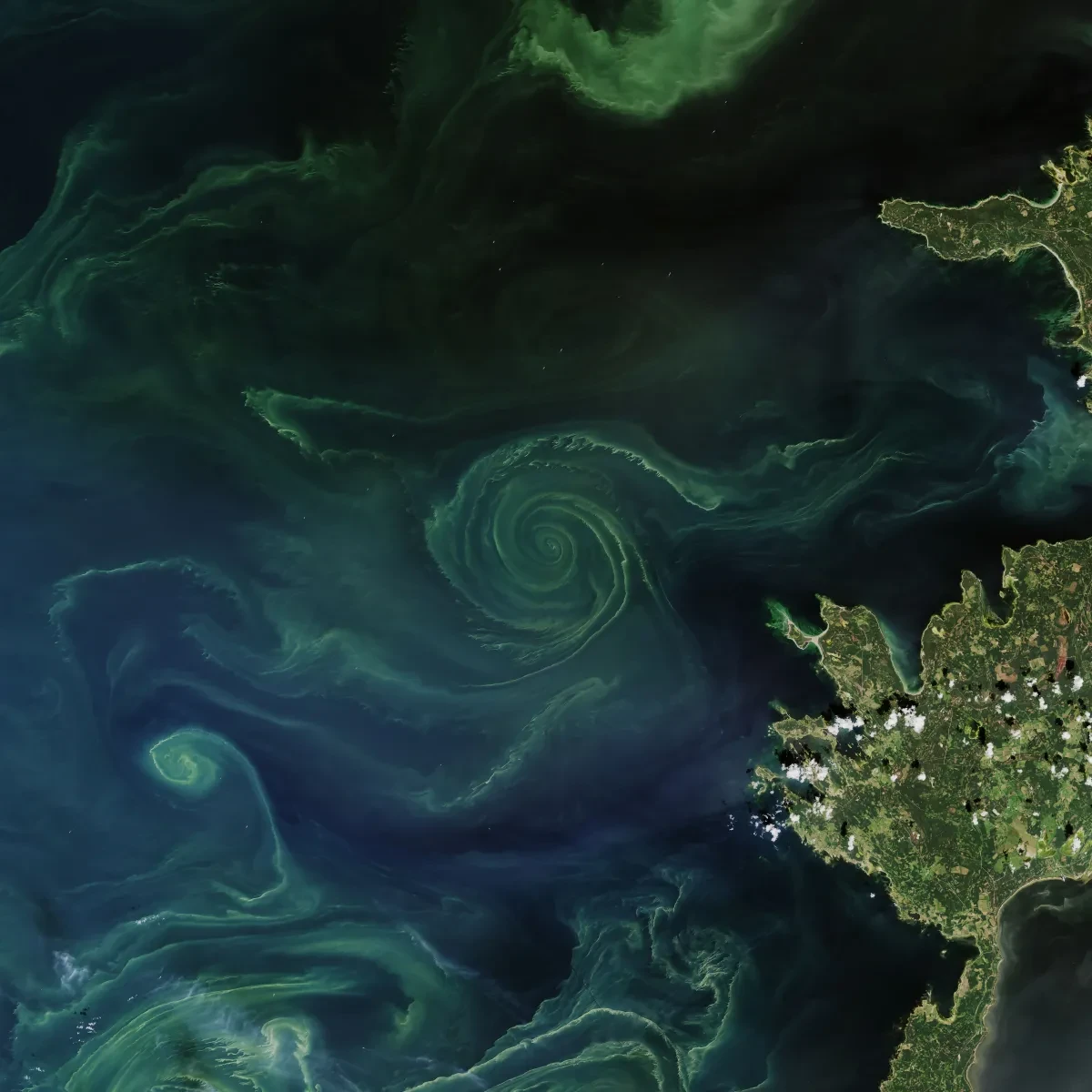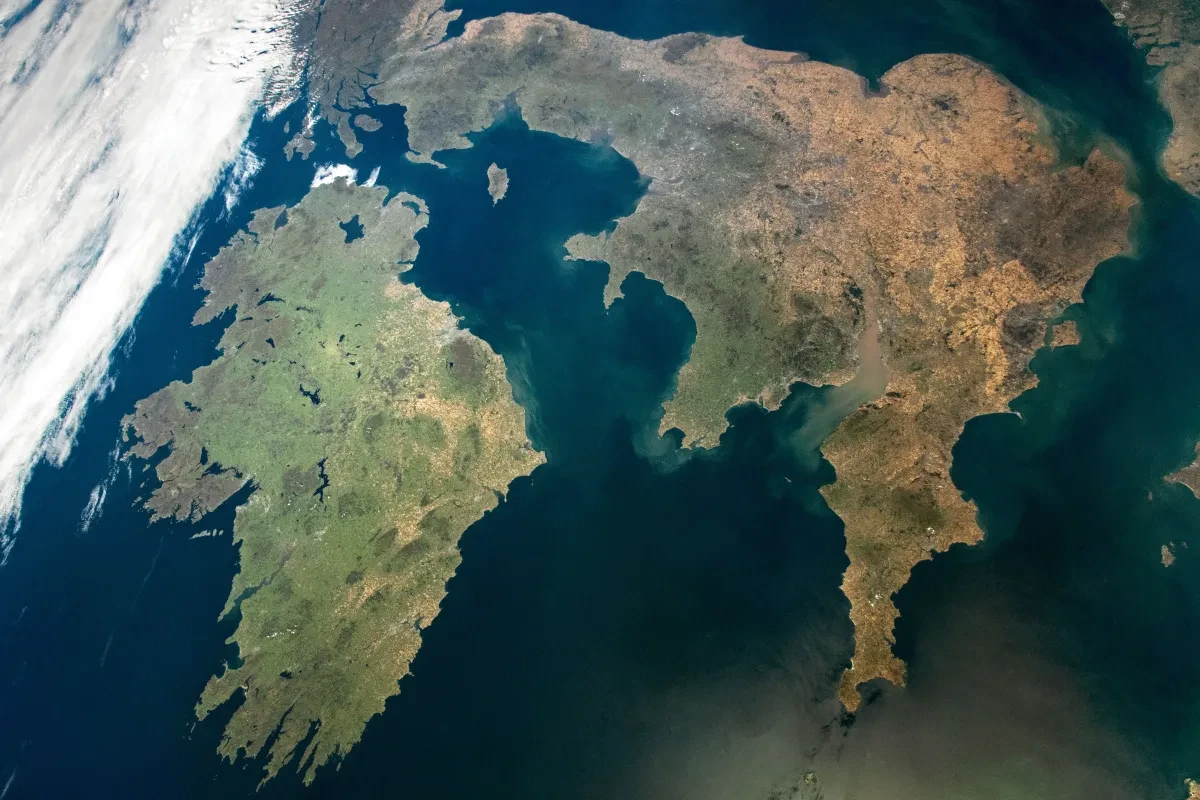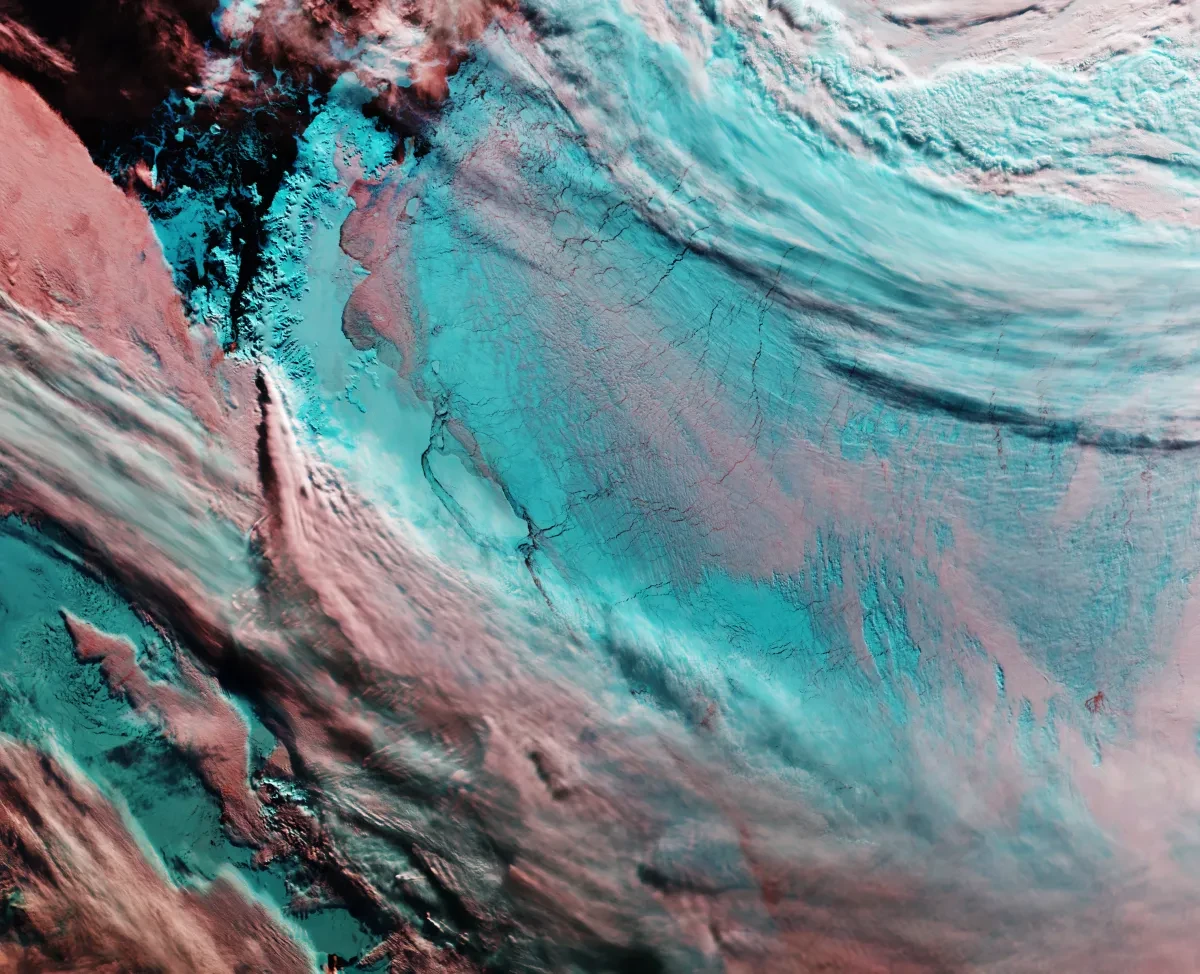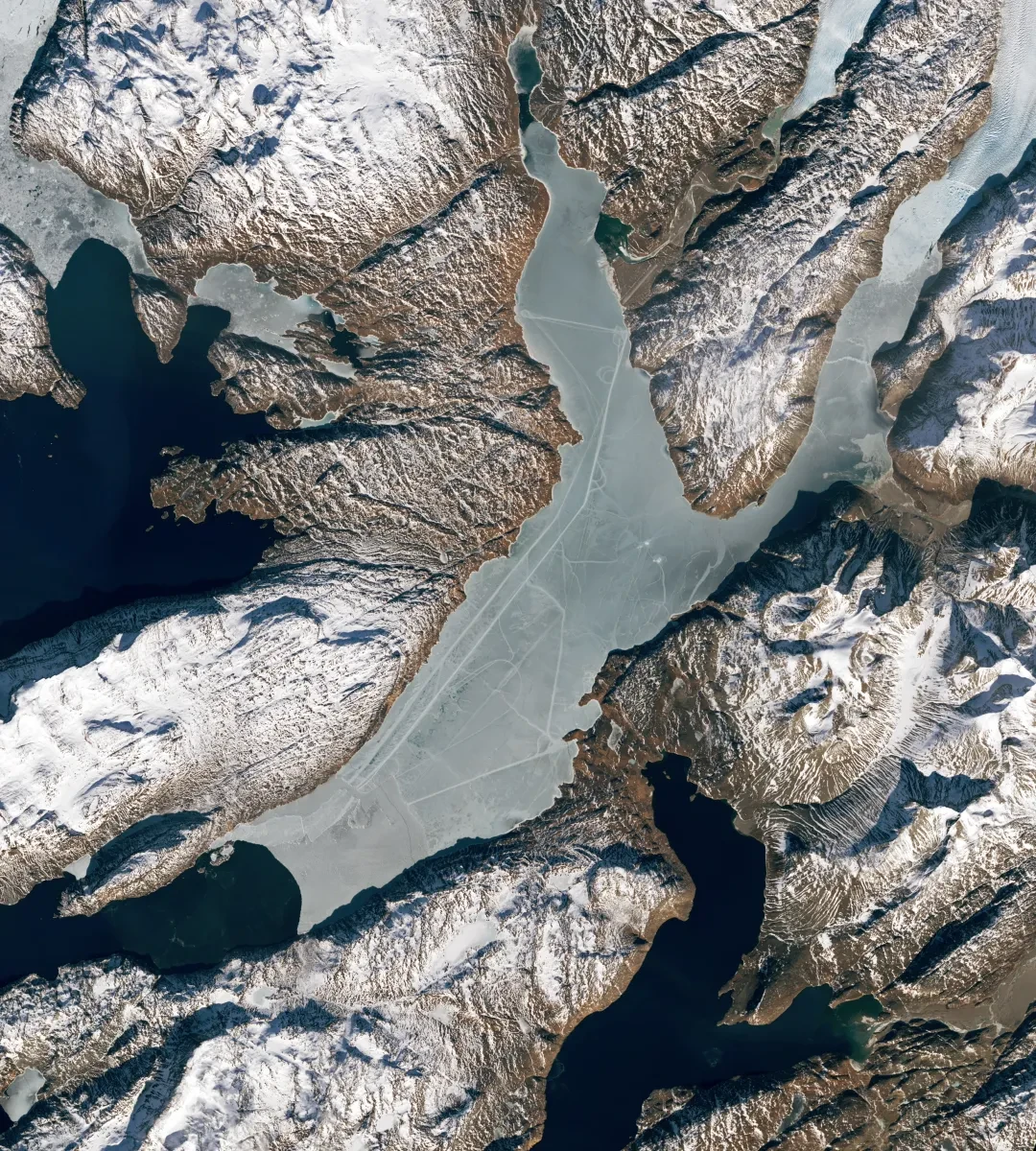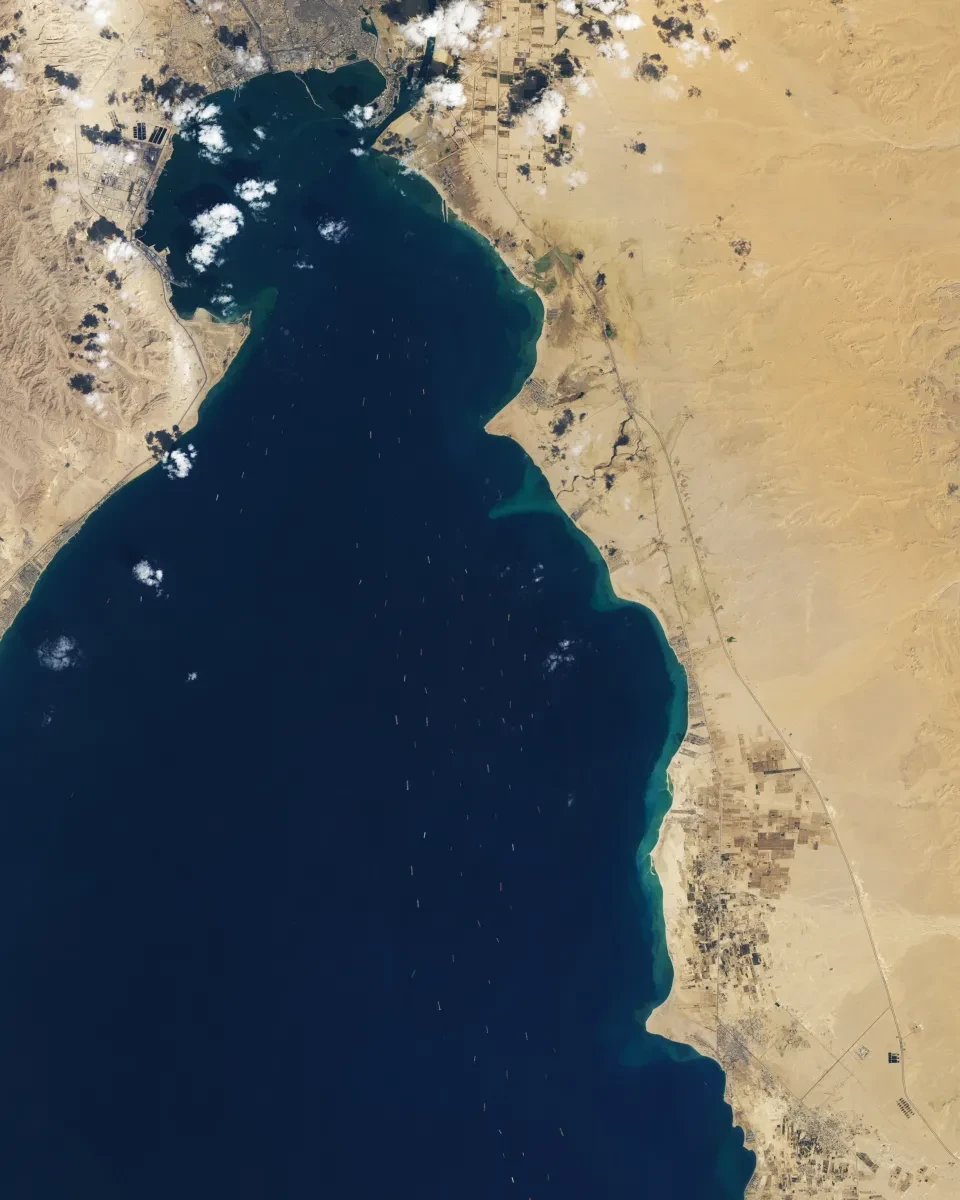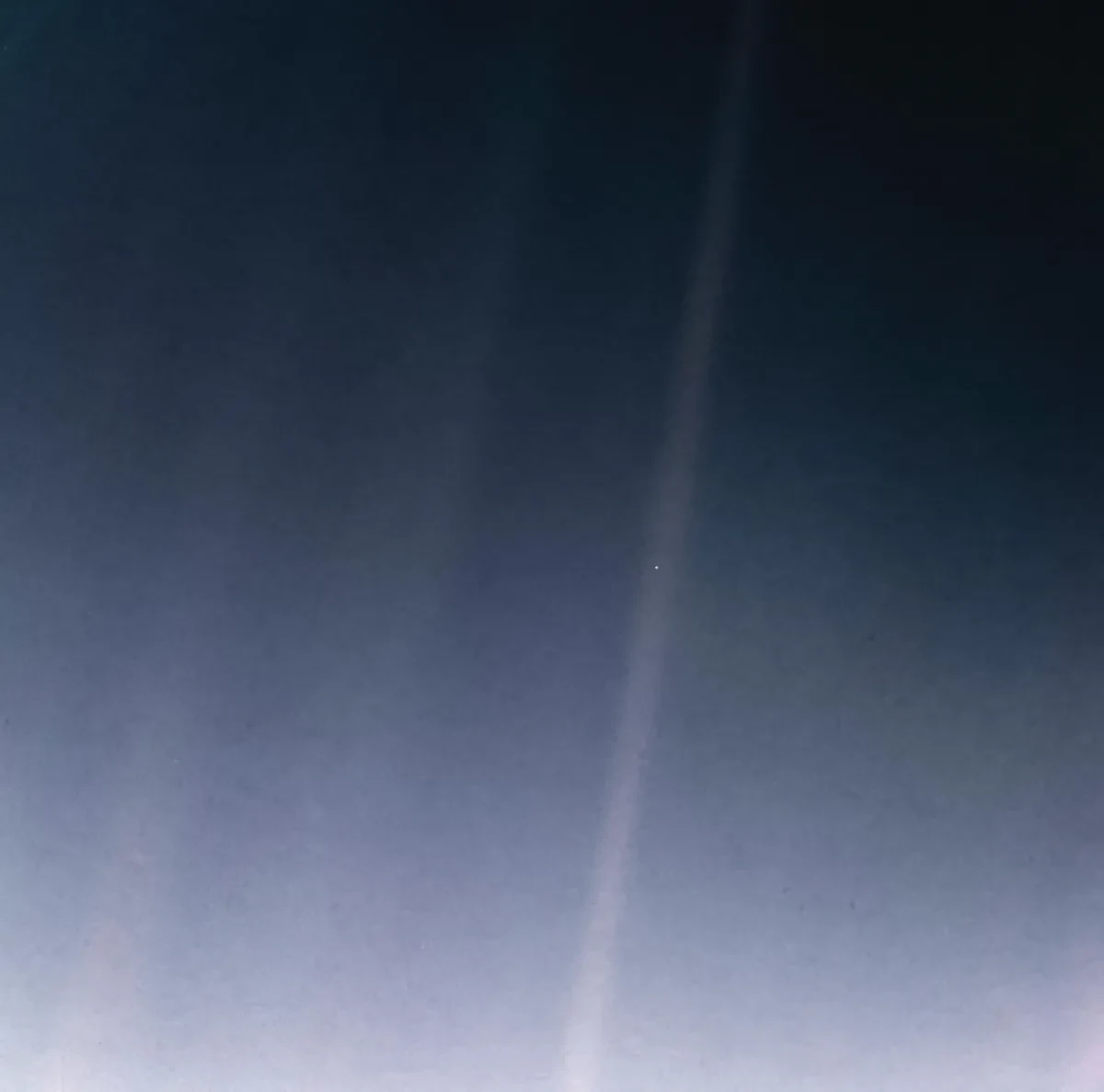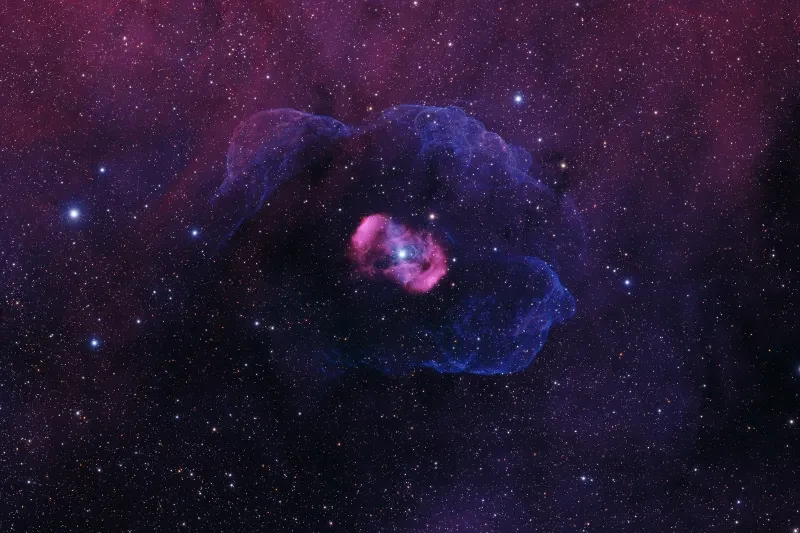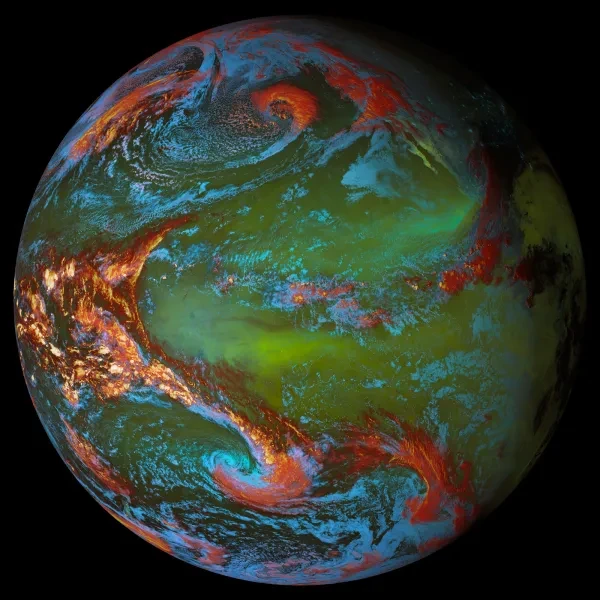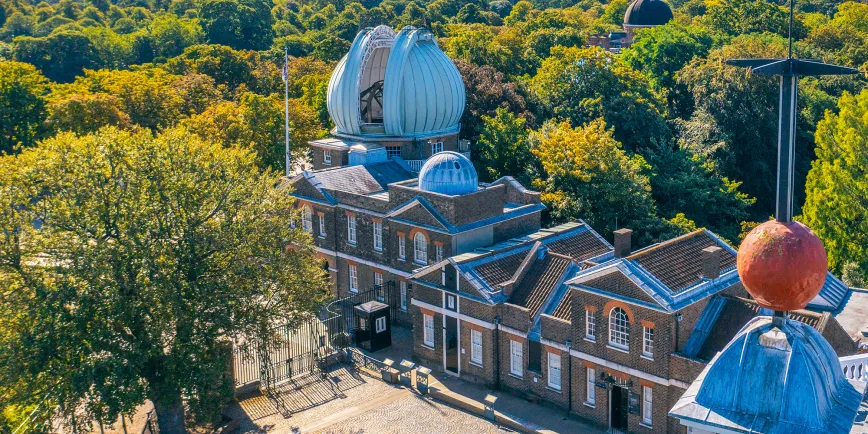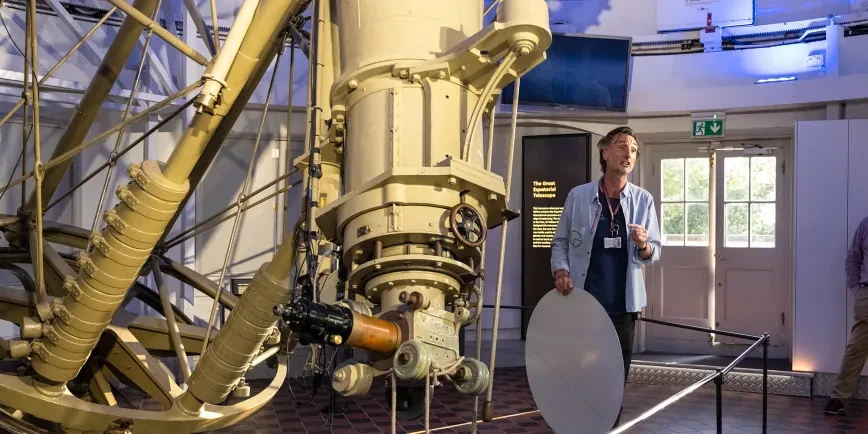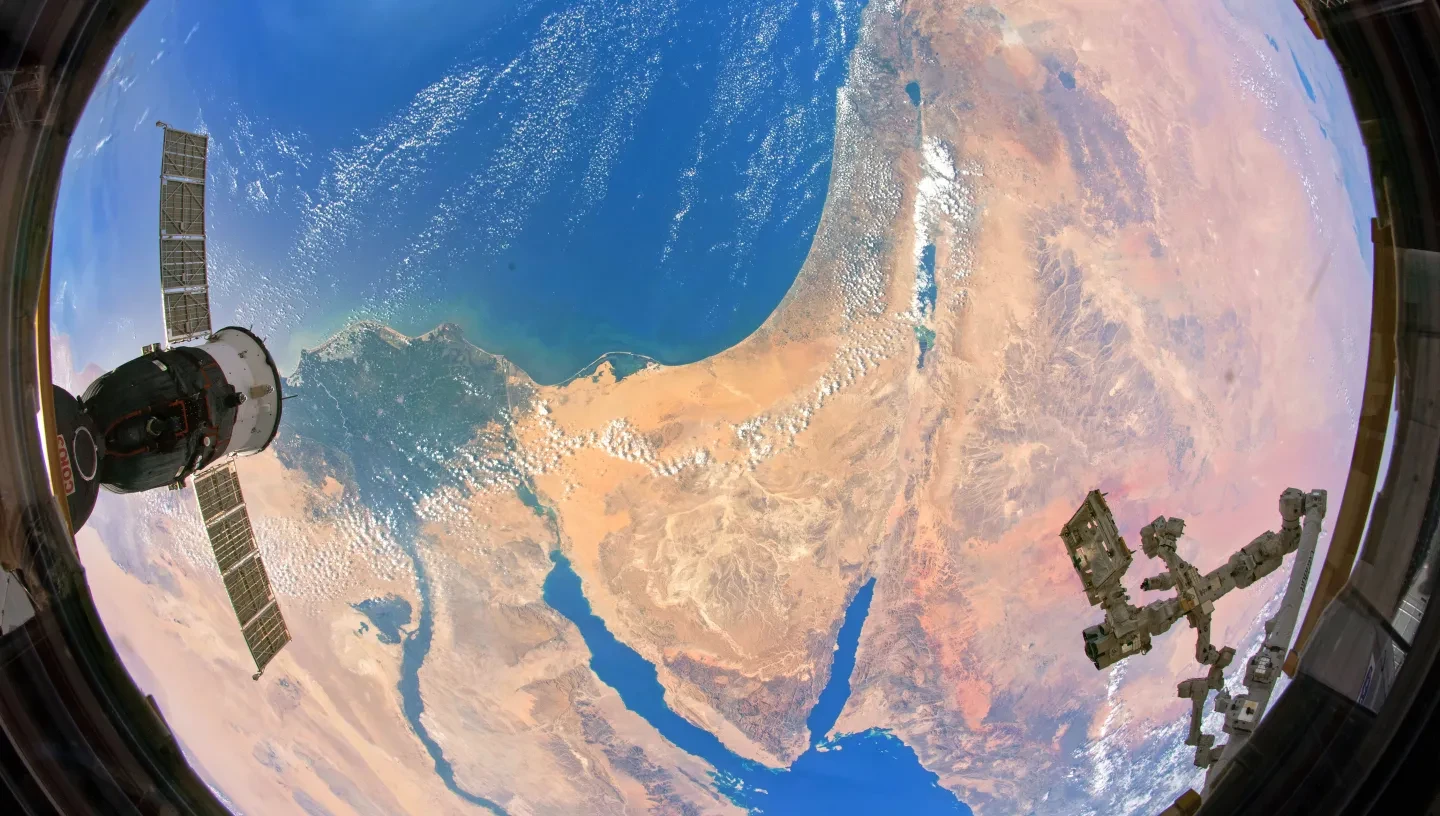
Essential information
| Type | Exhibitions |
|---|---|
| Location | |
| Date and times | Now closed |
Due to an exciting renovation project happening at the Royal Observatory, the Peter Harrison Planetarium and Astronomy Centre are currently closed. The historic site, including the Prime Meridian line and Flamsteed House, are still open.
Each day, over 1,000 satellites constantly image and analyse Earth.
The data collected, encompassing observations of everything from volcanic eruptions to traffic jams, is shaping our modern world.
From space, Earth’s fragile beauty is most obvious. Its changing climate is unmistakable, as habitats retreat and oceans warm. But the data gathered is also helping to turn things around.
Earth from Space takes a closer look at our world through the satellite’s lens, opening up a perspective that only a handful of humans have experienced themselves.
Through astrophotography, video and interactive elements, the exhibition at the Royal Observatory Greenwich explores satellites’ vital role in tackling climate change, and reveals a truly unique, living planet: our home in space.
Earth From Space is free for all Planetarium show ticketholders and Royal Observatory visitors.
What’s on
Find all events coming up at the Royal Observatory.
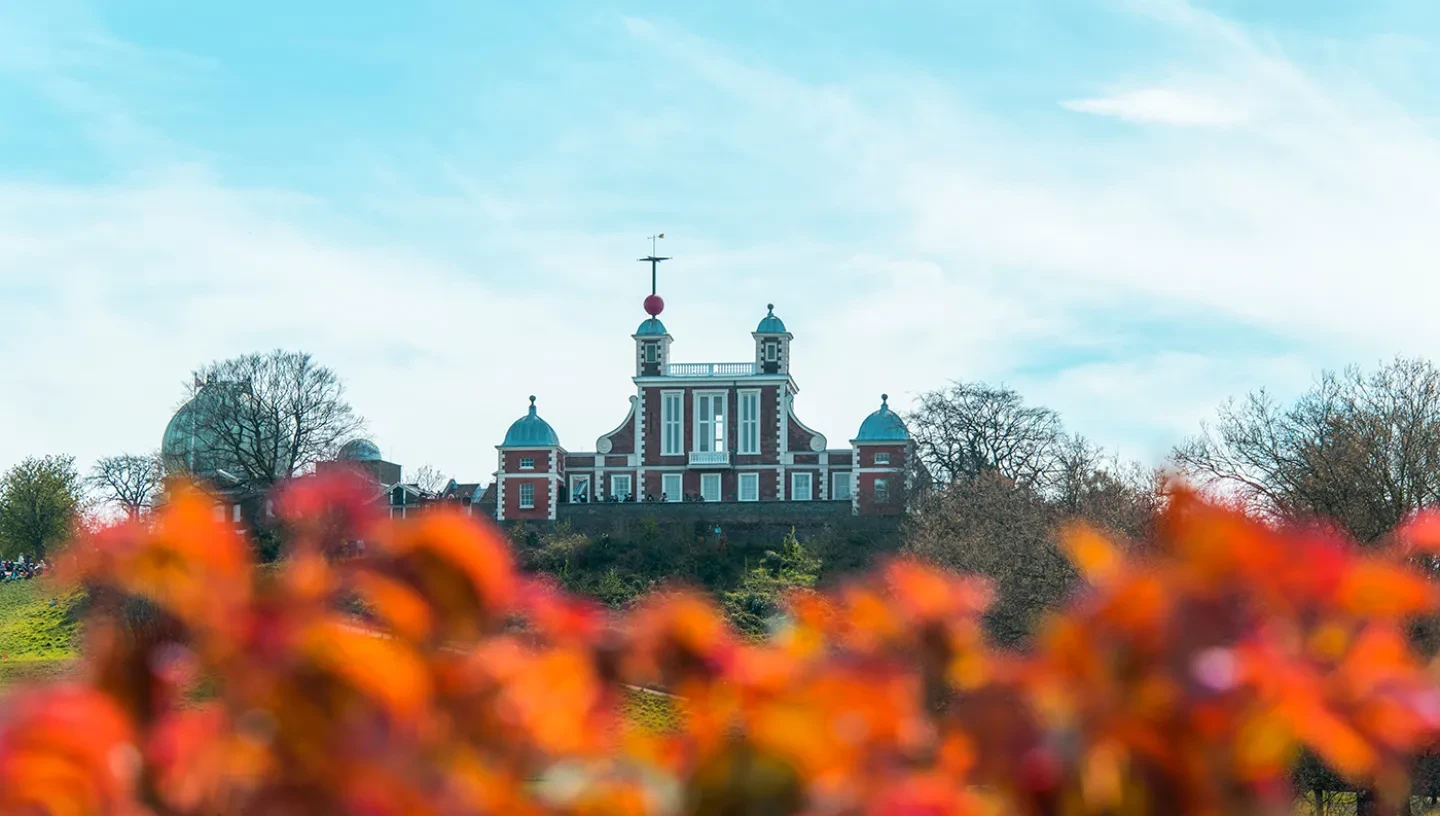
Visit the Royal Observatory
Main image courtesy of the Earth Science and Remote Sensing Unit, NASA Johnson Space Center
